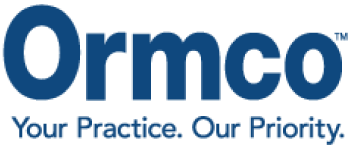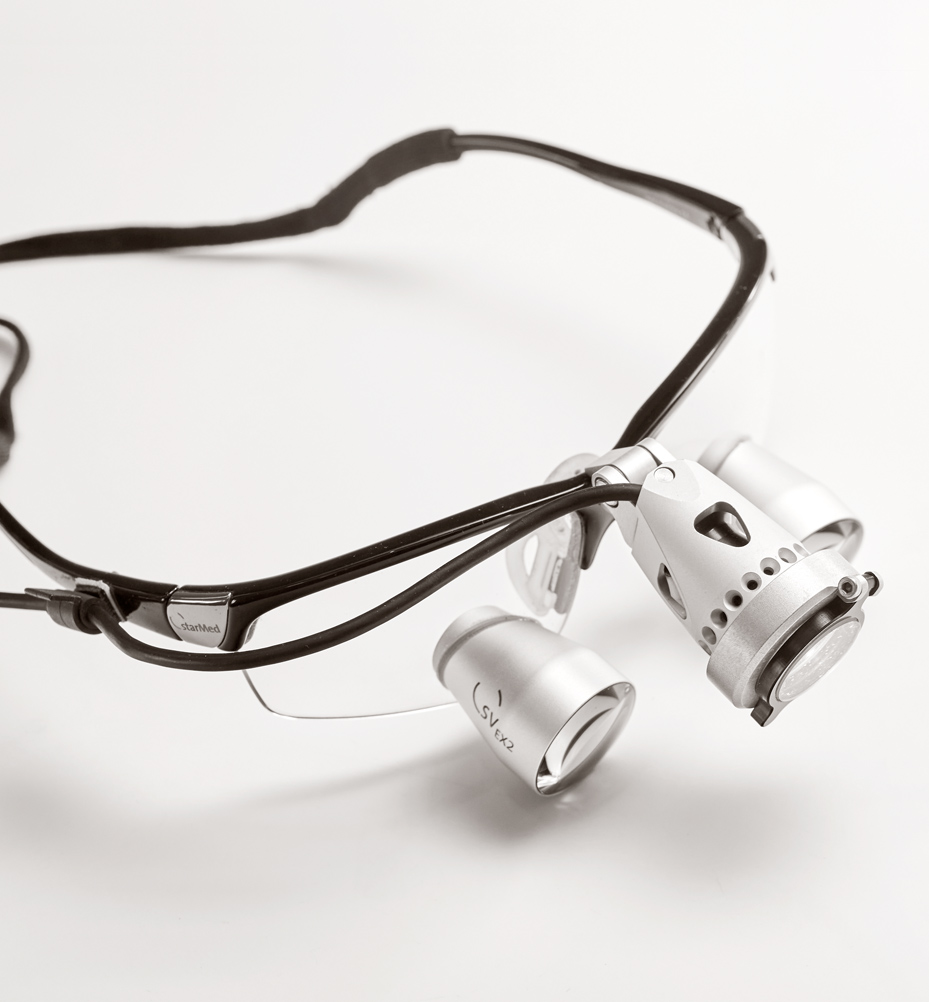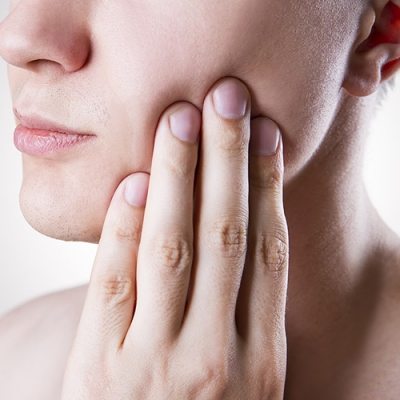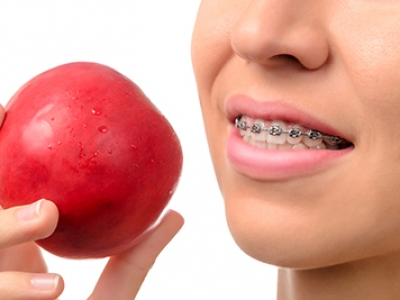Πληροφορίες για τον ασθενή και/ή τον κηδεμόνα
Πληροφορίες για τον ασθενή και/ή τον κηδεμόνα
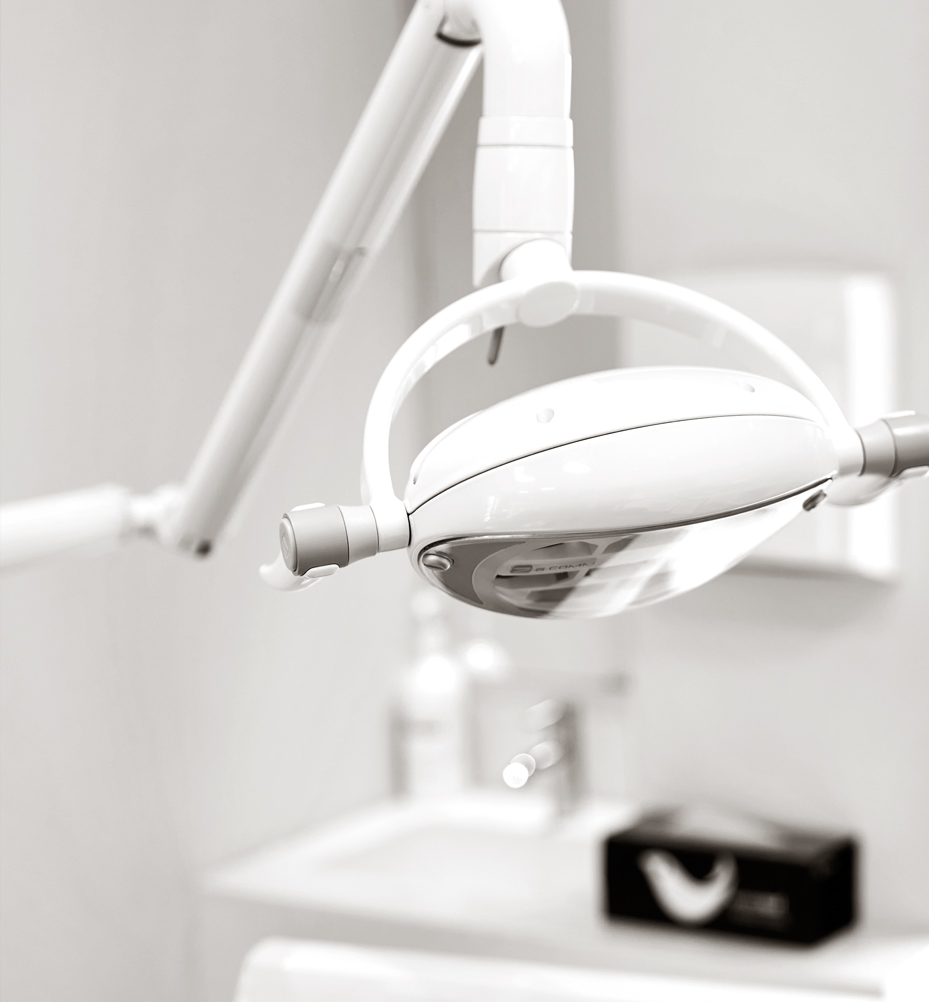
Είτε αναζητάτε ορθοδοντική φροντίδα για εσάς είτε για τα παιδιά σας, εδώ θα βρείτε όλες τις απαραίτητες πληροφορίες που θα σας καθοδηγήσουν στις πιθανές επιλογές θεραπείας.
Το πρώτο μας ραντεβού είναι η βάση για μια επιτυχημένη θεραπεία!
Καλωσορίζουμε άτομα κάθε ηλικίας στην κλινική μας, με κύριο στόχο να ακούσουμε το βασικό ζήτημα που σας απασχολεί, να εξηγήσουμε όλες τις πιθανές επιλογές θεραπείας και να σας εισάγουμε στη φιλοσοφία της ορθοδοντικής.
Για τον σκοπό αυτό, κατά την πρώτη επίσκεψη στην κλινική, συλλέγονται τα απαραίτητα διαγνωστικά στοιχεία για τον σχεδιασμό και την εξατομίκευση της θεραπείας σας. Αυτά περιλαμβάνουν ενδοστοματικές και εξωστοματικές φωτογραφίες, καθώς και τη δημιουργία τρισδιάστατων ψηφιακών αποτυπωμάτων με τη χρήση του ενδοστοματικού σαρωτή 3Shape TRIOS.
Η ανάλυση αυτών των δεδομένων, σε συνδυασμό με τον κατάλληλο ακτινογραφικό έλεγχο (όταν χρειάζεται), μας οδηγεί στο ενδεδειγμένο, αποτελεσματικότερο και πλήρως εξατομικευμένο σχέδιο θεραπείας για τις δικές σας ανάγκες.
Σε ποια ηλικία ξεκινά μια ορθοδοντική θεραπεία;
Δεν υπάρχει όριο ηλικίας για τη διόρθωση ενός ορθοδοντικού προβλήματος!
Ωστόσο, η πρώτη επίσκεψη στον ορθοδοντικό καλό είναι να γίνεται γύρω στην ηλικία των επτά ετών. Σε αυτή την ηλικία είναι δυνατόν να διαγνωστούν πρώιμα ορθοδοντικά προβλήματα, να αντιμετωπιστούν σε αρχικό στάδιο –όταν αυτό είναι απαραίτητο– και να σχεδιαστούν τα διάφορα βήματα της συνολικής ορθοδοντικής αντιμετώπισης που ενδεχομένως θα χρειαστεί αργότερα.
Όταν η οστική βάση που στηρίζει τα δόντια είναι φυσιολογική και η σκελετική σχέση των γνάθων είναι αρμονική, η ορθοδοντική θεραπεία πραγματοποιείται γενικά με τον ίδιο τρόπο σε όλες τις ηλικίες. Ο στόχος είναι η ευθυγράμμιση των δοντιών σε κάθε γνάθο και η ομαλοποίηση της σύγκλεισης, δηλαδή του τρόπου που τα δόντια των δύο γνάθων εφαρμόζουν μεταξύ τους.
Ωστόσο, όταν είναι απαραίτητη η διόρθωση της σχέσης των γνάθων, η ηλικία έναρξης της θεραπείας παίζει καθοριστικό ρόλο. Κι αυτό γιατί σε ηλικίες όπου η σκελετική ανάπτυξη του σώματος –και ιδιαίτερα του προσώπου– δεν έχει ολοκληρωθεί, είναι δυνατό, με τις κατάλληλες τεχνικές, να καθοδηγηθεί και να εξομαλυνθεί η ανάπτυξη.
Στους ενήλικες, σε σπάνιες περιπτώσεις όπου αυτό πλέον δεν είναι εφικτό, απαιτείται χειρουργική παρέμβαση για την αντιμετώπιση τέτοιων προβλημάτων.
Πονάει η ορθοδοντική;
Η τοποθέτηση και η αφαίρεση των ορθοδοντικών συσκευών (σιδεράκια, συγκρατητικά, εξωστοματικό κ.λπ.) στην κλινική σχεδόν ποτέ δεν προκαλούν πόνο! Μια ήπια δυσφορία, η οποία για κάποιους μπορεί να μετατραπεί σε μέτριο πόνο, συνήθως εμφανίζεται μετά την τοποθέτηση των συσκευών.
Αυτό αρχίζει 6-12 ώρες μετά την ενεργοποίηση των συσκευών ή την τοποθέτηση των εξαρτημάτων (π.χ. ελαστικά διαχωρισμού) και δεν έχει καμία σχέση με την ένταση ενός τυπικού οδοντικού πόνου. Διαχειρίζεται αποτελεσματικά με απλά παυσίπονα (όπως παρακεταμόλη, σαλικυλικό οξύ, μεφεναμικό οξύ κ.λπ.) και συνήθως υποχωρεί μετά τις πρώτες 3-4 ημέρες.
Επιπλέον, μπορεί να υπάρξει δυσφορία σε συγκεκριμένες περιοχές του στόματος, ανάλογα με τον τύπο της συσκευής που τοποθετήθηκε. Σε αυτές τις περιπτώσεις, το ειδικό ορθοδοντικό κερί ανακούφισης που παρέχουμε είναι ένας εξαιρετικά αποτελεσματικός τρόπος για να σταματήσει η δυσφορία. Για περισσότερες πληροφορίες, μην διστάσετε να επικοινωνήσετε μαζί μας ή θα ενημερωθείτε από τον ορθοδοντικό ή το προσωπικό της κλινικής κατά τη διάρκεια του ραντεβού σας.
Πώς θα μιλάω με τις ορθοδοντικές συσκευές;
Οποιαδήποτε νέα συσκευή στην στοματική κοιλότητα απαιτεί κάποιο χρόνο προσαρμογής. Οι συσκευές που δυσχεραίνουν λίγο τη ομιλία είναι εκείνες που καλύπτουν μέρος ή ολόκληρο τον ουρανίσκο ή έχουν εξαρτήματα τοποθετημένα στην πίσω επιφάνεια των άνω μπροστινών δοντιών.
Η δυσκολία στην εκφορά του λόγου είναι γενικά μικρή. Εξαρτάται από την ηλικία, την ικανότητα προσαρμογής του ασθενούς, τον τύπο της συσκευής, τη διάρκεια που χρησιμοποιείται η συσκευή μέσα στην ημέρα και φυσικά, τα χαρακτηριστικά της άρθρωσης του ατόμου. Συνήθως, οι φθόγγοι που επηρεάζονται περισσότερο είναι τα γλωσσικά σύμφωνα (όπως το “λ” και το “ρ”), και σε ορισμένες περιπτώσεις, τα συριστικά και τα οδοντικά σύμφωνα (όπως το “σ,” “ζ,”, “τ”, “δ” κ.λπ.).
Ωστόσο, πρέπει να έχουμε υπόψη ότι οι γύρω μας μπορούν να αντιληφθούν μικρές μεταβολές στην άρθρωσή μας πολύ λιγότερο απ’ ό,τι ακούμε εμείς οι ίδιοι στην φωνή μας!
Τι μπορώ να τρώω με τα σιδεράκια ή τους νάρθηκες;
Με τις ορθοδοντικές συσκευές υπάρχουν ορισμένοι περιορισμοί στα είδη των τροφών που μπορεί να καταναλώσει κανείς. Γενικά, επιτρέπεται η κατανάλωση όλων των ειδών τροφής, εκτός από:
- Πολύ σκληρές τροφές (π.χ. παξιμάδια, σκληρούς ξηρούς καρπούς, ωμά καρότα κ.ά.). Με ιδιαίτερη προσοχή, κόβοντας την τροφή σε μικρότερα κομμάτια και χρησιμοποιώντας κυρίως τα πίσω δόντια, ακόμη και αυτές οι τροφές μπορούν να καταναλωθούν.
- Τσίχλα (και οτιδήποτε της μοιάζει, όπως ζελεδάκια, καραμέλες βουτύρου).
- Υπερβολική κατανάλωση Coca-Cola και άλλων ανθρακούχων ποτών. Το ανθρακικό που περιέχουν μπορεί, σε μεγάλες ποσότητες, να βλάψει τόσο τα δόντια όσο και τις συσκευές.
Τέλος, στοματικές συνήθειες όπως το δάγκωμα μολυβιών ή νυχιών ενδέχεται να προκαλέσουν προβλήματα τόσο στη μετακίνηση των δοντιών όσο και στην αντοχή των ορθοδοντικών μηχανισμών.
Φυσικά, υπάρχουν κάποιες συσκευές που απαιτούν ειδικές διατροφικές οδηγίες, τουλάχιστον στην αρχή — τις οποίες θα συζητήσουμε μαζί σας από κοντά!
Είναι ακριβή η ορθοδοντική θεραπεία;
Το κόστος της ορθοδοντικής θεραπείας καθορίζεται από:
- Την βαρύτητα και τη διάρκεια κάθε περιστατικού.
- Τον τύπο των συσκευών που θα χρησιμοποιηθούν, ο οποίος σχετίζεται με το κόστος κατασκευής τους.
Το κόστος θεραπείας καλύπτει το σύνολο των συσκευών που θα χρησιμοποιηθούν καθώς και τυχόν απαραίτητες αντικαταστάσεις, όλες τις επισκέψεις στο ιατρείο (που συνήθως κυμαίνονται από 15 έως 25 καθ’ όλη τη διάρκεια μιας πλήρους θεραπείας, η οποία μπορεί να διαρκέσει έως και 2,5 χρόνια), όπως και την παρακολούθηση μετά το τέλος της θεραπείας, κατά τη φάση της συγκράτησης των αποτελεσμάτων.
Η πληρωμή της ορθοδοντικής θεραπείας στο ιατρείο μας πραγματοποιείται σταδιακά σε όλη τη διάρκεια της θεραπείας.
Είμαστε ανοιχτά Τρι-Τετ-Παρ, 16.00-21.00.
Διοχάρους 13, περιοχή Χίλτον.
Επικοινωνήστε μαζί μας στο
+30 210 7253133,
f+30 210 7253143
ή μέσω email στο
info[at]DrKonstantinosKontos.gr



